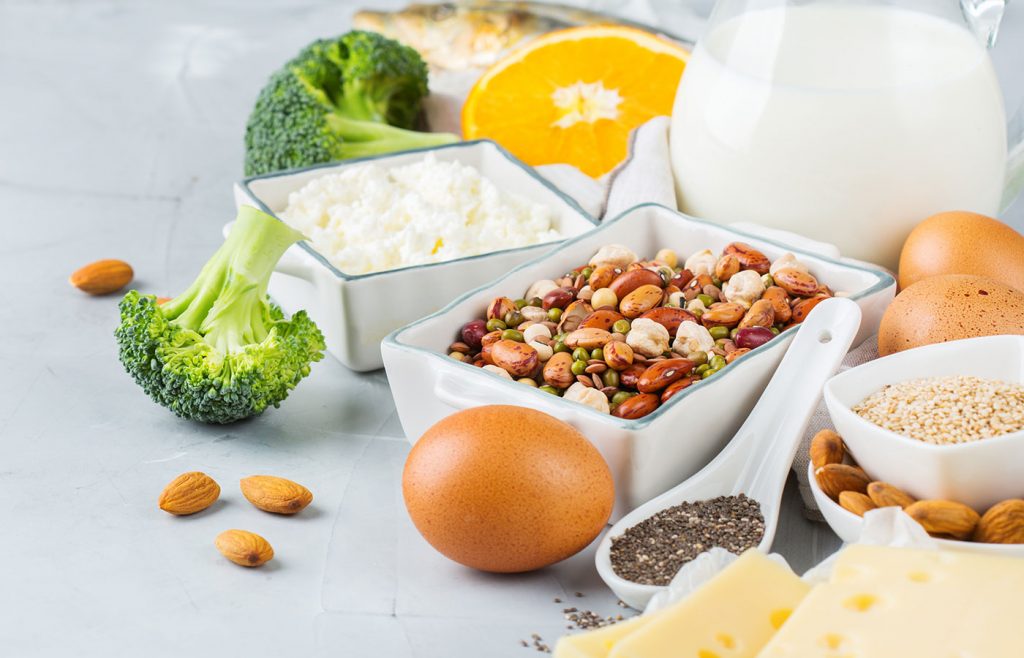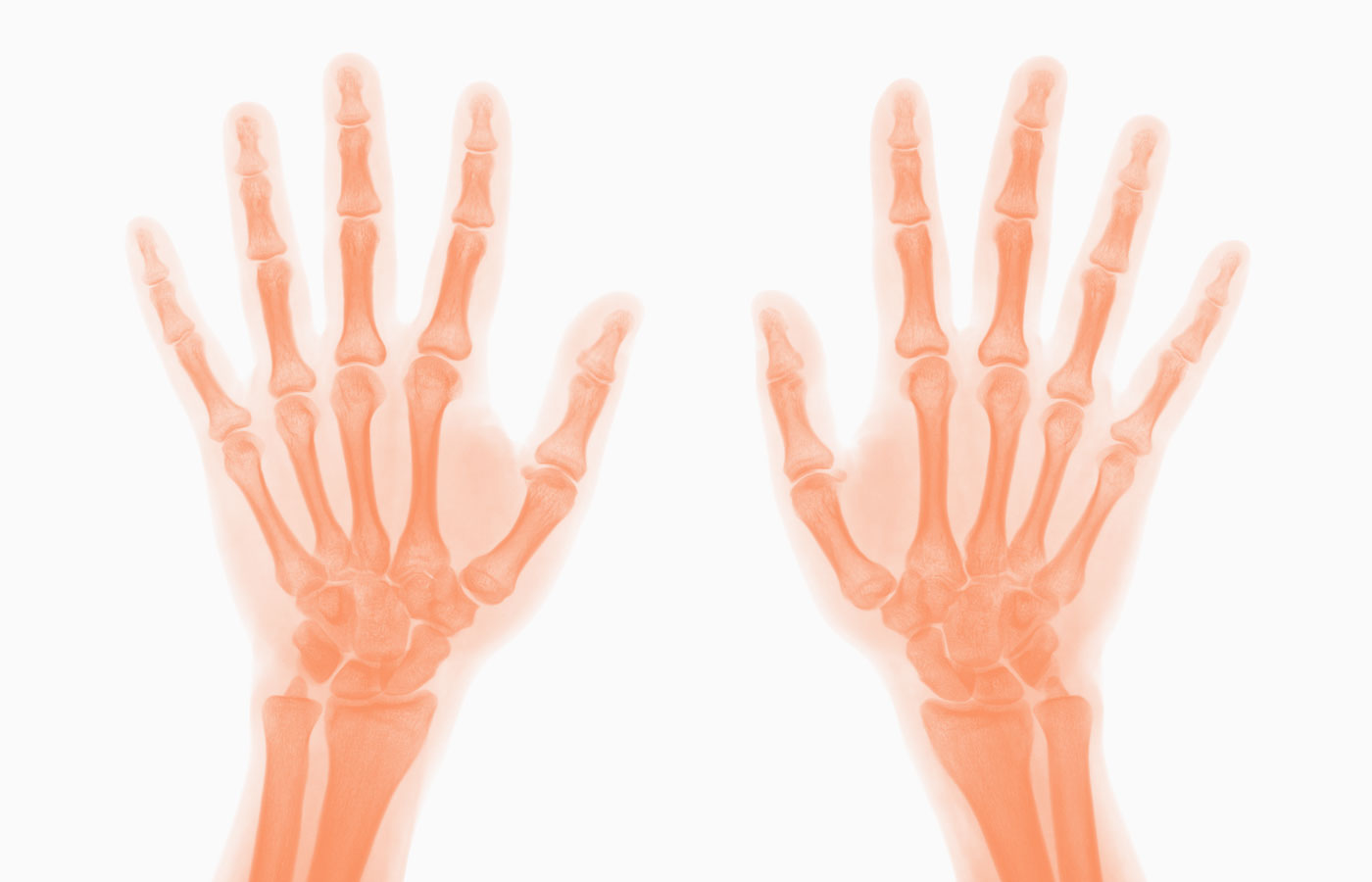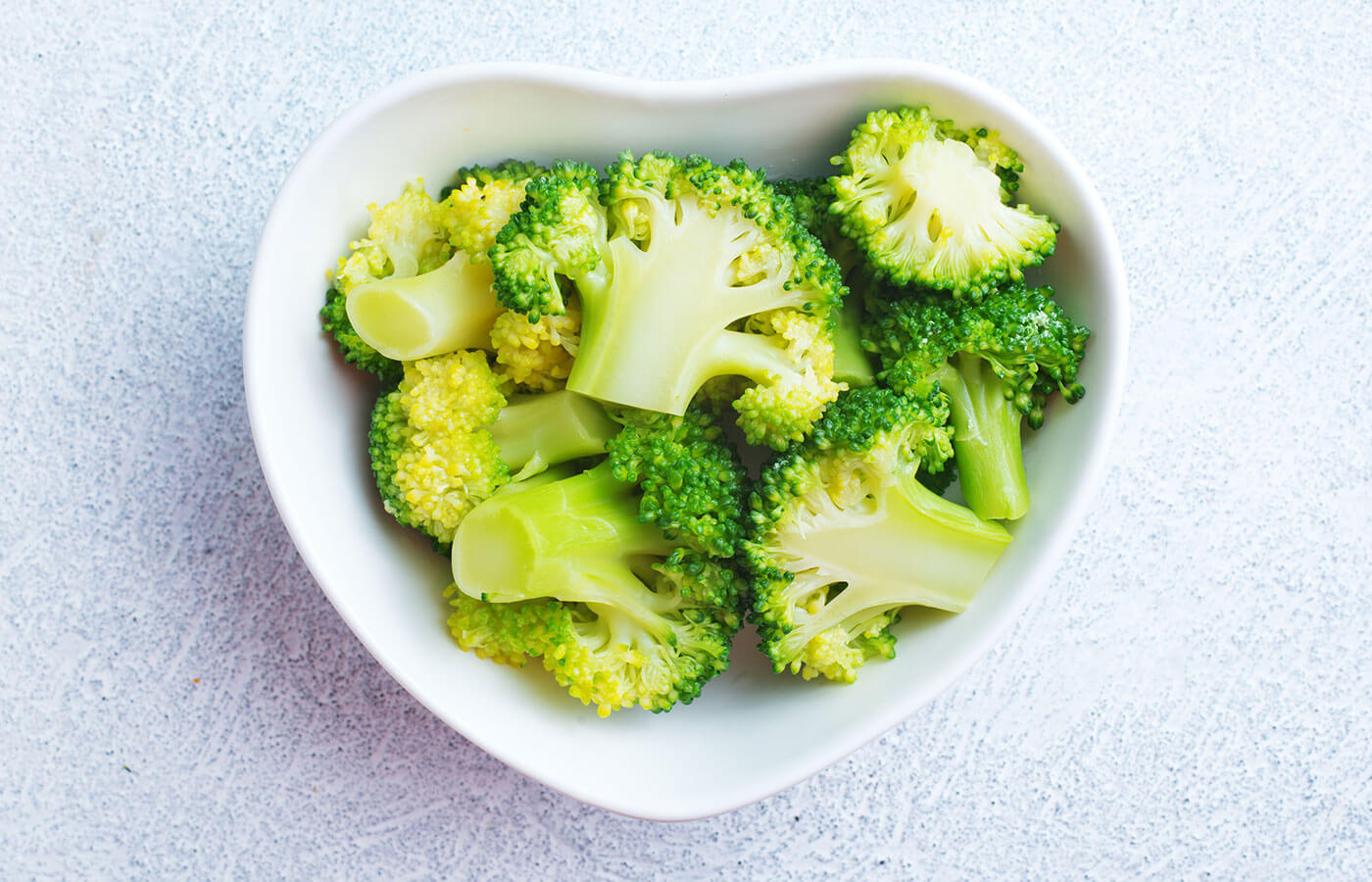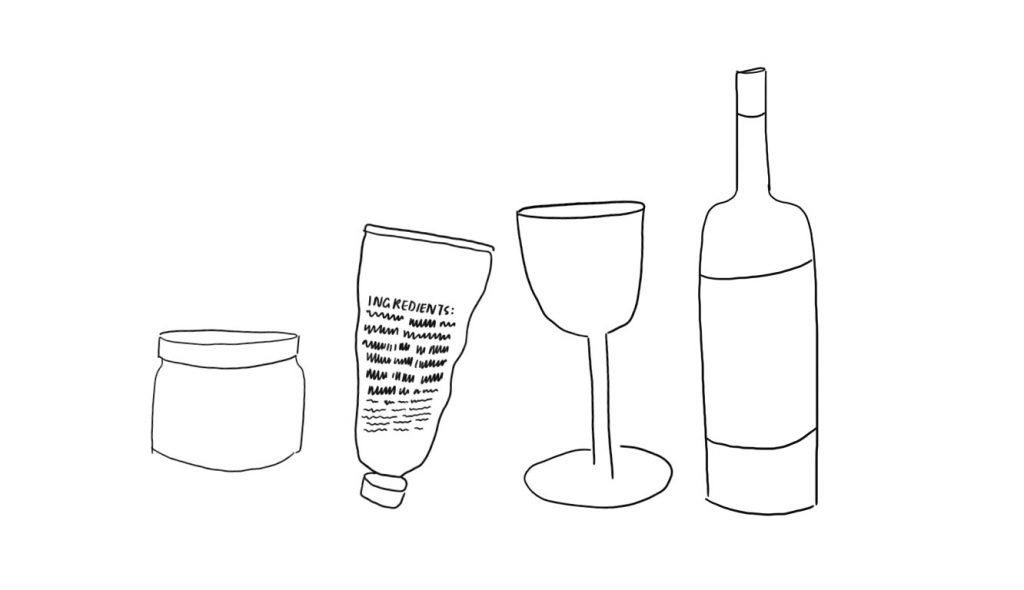Many of us are aware that as we get older, we need to take even greater care of our bone health to maintain our bone density and prevent osteoporosis. So, let’s take a look at why our bone health is so important to our overall wellbeing and quality of life, what nutrients are essential for maintaining bone density, and some simple ways that we can optimise the health of our bones.
Our bones are quite literally the structural pillars of our health. Not only do they provide structure, they protect some of our internal organs from injury, allow us to have the freedom of movement to go about our daily life, and store essential minerals that can be released when other body systems need them.
Bone density gradually decreases with age, however, there are things we can do to improve our bone health and slow this decline down.
We have processes going on inside us all the time that build bone, and ones that break down bone, and the activity and the balance of these two opposing processes shifts over the course of our lives. During adolescence and early adulthood, the building processes outweigh the breaking down processes, and so we accrue more bone mass during this time, reaching our peak bone mass around the age of 30. From this point, the balance of the building and breaking down processes starts to even out, and we maintain our bone mass (assuming our lifestyle and health is conducive to this, which unfortunately for too many people, it isn’t). Eventually, the balance starts to tip in the other direction, leading to a gradual loss of bone density.
There is a lot that you can do to support your bone health at any age, as there are many factors that affect bone density—with nutrition and movement being particularly important.
Nutrients for great bone health
Calcium
Calcium is well known for its role as a component of our bones, as well as many other important processes in our bodies – even detoxification needs calcium. Calcium-rich foods include green leafy vegetables (such as broccoli and kale), nuts such as almonds, seeds (particularly chia and sesame seeds), tahini, sardines, salmon with edible bones, and firm tofu set in calcium salt. If you are able to digest them well, dairy foods such as kefir, cheese and yoghurt are also sources of calcium. Fermented dairy options (such as kefir and unsweetened yoghurt) can be better choices if bone health is your focus, as the fermented options contain some vitamin K2 (more on this soon) in addition to the calcium.
While getting enough calcium is essential, it isn’t necessarily as simple as just increasing our calcium intake to improve our bone health—we also need to consider how our body absorbs and uses the calcium. For example, too much alcohol can interfere with calcium absorption, while caffeine and excessive amounts of protein can increase the amount of calcium that is excreted via the urine.

Vitamin D
Vitamin D is also critical for us to be able to effectively absorb and use the calcium we consume. Eating some (of the very few) food sources of vitamin D and particularly getting regular safe sun exposure will help to absorb the calcium that you are eating. Food sources of vitamin D include eggs, oily fish such as salmon, mackerel, herring or sardines, cod-liver oil, organic butter and mushrooms that have been exposed to sunlight. However, the majority of our vitamin D is obtained through our skin. Depending on where you live in the world, vitamin D supplementation may be recommended at certain times of the year and a simple blood test can confirm if this is necessary or not.
Vitamin K2
Vitamin K2 is another important nutrient for bone health, as it plays a role in how our body uses calcium by helping to direct it into our bones (rather than our arteries, where we don’t want it to accumulate). Vitamin K2 is naturally produced by bacteria in our gut, however, this is variable and we want to ensure we are getting some through our food too. It is found in fermented foods, such as sauerkraut and fermented dairy, and there is also some vitamin K2 in eggs, chicken and beef.
Magnesium
Magnesium is essential for strong bones, and it is also needed for over 300 biochemical processes in our body that can help us to experience better energy, more efficient elimination of wastes, balanced electrolytes and improved muscle function. Magnesium is found in leafy green vegetables, nuts and seeds (and butters/spreads made from these), seaweeds (such as kelp) and cacao.
These bone-building nutrients are found in whole, real foods, so if you ever feel confused about what to eat, remember that by focusing on including a variety of nutrient-rich whole foods and reducing your intake of alcohol and caffeine, you will be taking a wonderful step towards greater health and vitality, as well as stronger bones.
Moving to optimise bone health
As well as focusing on nutrient intake, we also want to make sure to do regular weight-bearing exercise, as this helps to improve and maintain bone density. Weight-bearing exercise also activates our osteoblasts—the cells that form new bone.
Walking is a great weight-bearing way to move that can help with maintaining bone health. Walking also helps to support healthy joint function and may have a protective effect in some inflammatory joint conditions. Plus, walking outdoors is an excellent way to spend some more time in nature and boost our vitamin D stores, which as we know, also helps with calcium absorption—so the benefits of walking are numerous!
Resistance training is another weight-bearing way to exercise and not only is it really important for improving bone density, it also helps improve co-ordination and functional movement. Forms of movement such as weights, Pilates, yoga—or anything that uses your own body weight for resistance, are fantastic for helping to maintain muscle mass, improving metabolic rate, and increasing bone density. Some other weight-bearing activities that are highly beneficial for bone density include sports like tennis, netball and basketball, skipping (jump rope) and dancing.
It’s always recommended to consult with your qualified healthcare practitioner before starting a new exercise program.



